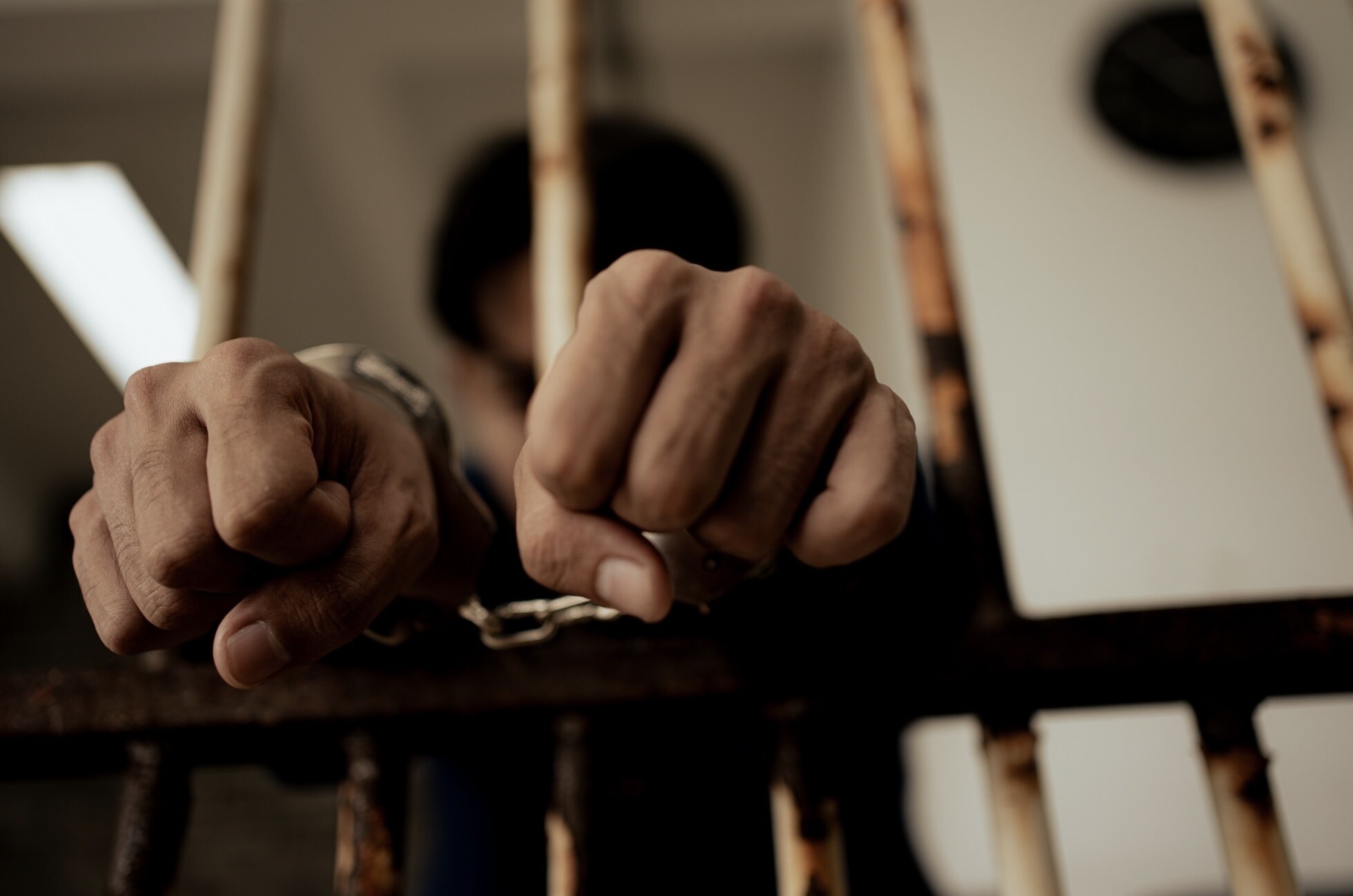1 min read
The Dire Offense of Involuntary Manslaughter
Involuntary manslaughter is a grave offense with significant legal consequences. California Penal Code 192(b) outlines the definition and...
The bail system in the United States evolved out of a system developed in England around the Middle Ages. The English Parliament passed the Habeas Corpus Act in 1677, among other things it established that magistrates would set terms for bail. In 1689 the English Bill of Rights declared restrictions against excessive bail. The Virginia State Constitution and the Eighth Amendment to the United States Constitution were inspired by the 1689 English Bill of Rights. Our 6th Amendment states that all people under arrest must be “informed of the nature and cause of the accusation” they face. It also allows the arrested person to demand bail if they are accused of a bail-able offense.
American bail law comes from legislation. The Judiciary Act of 1789 stated that all noncapital offenses, or those offenses that do not carry the death penalty are bail-able. In some cases, capital offenses were bail-able at the discretion of the judge.
From 1789 to 1966 bail law in the United States remained largely unchanged. In 1966 the U.S. Congress passed the Bail Reform Act which allowed for the release of defendants with a small as possible financial burden. President Lyndon Johnson gave a speech that contained instances of how the past bail system had hurt innocent people in the past and proceeded to sign the bill. The bail system of the United States was changed to stop bias against largely poor or uneducated people filling jails while they should’ve been out on bail.
In 1984 the next major revision to the United States Bail Law came with the Bail Reform Act of 1984. The Bail Reform Act of 1984 replaced the 1966 one. One of the problems with the 1966 Bail Reform Act was that it allowed many dangerous suspects to receive bail as long as they weren’t considered a flight risk. The new law says that defendants should be held until trial if they are judged to be a danger to the community. It also established categories of defendants who could be held without bail. These defendants are those who have been charged with serious crimes or are repeat offenders, the possibly dangerous, and those who may be a flight risk. The last piece of the Bail Reform Act of 1984 was that anyone who was eligible for bail had to have a bail hearing.
As the oldest bail bond agency in Placer County for over 40 years, Frank S. Calabretta’s Bail House Bail Bonds has a well-earned reputation of providing honest, confidential bail bond services to customers seeking the quick release of a friend or loved one from jail. Frank S. Calabretta’s Bail House Bail Bonds is available 24-hours a day and is located directly across from the Placer County Jail in Auburn and has been in business for more than 40 years. We value and respect every one of our customers, guiding them through each step of the bail bonds process, for a quick release and positive outcome.
Frank S. Calabretta’s Bail House Bail Bonds provides 24-hour nationwide bail services. Should you have any questions regarding how bail bonds work while reading the bond information below, don’t hesitate to contact us any time. Frank S. Calabretta’s Bail House Bail Bonds is conveniently located outside of Nevada City in Auburn so we can offer bail services to the Greater Nevada County region. We offer bail bond services in Auburn, Placerville, Nevada City , Sacramento, Roseville, Grass Valley, Truckee, Lake Wildwood, Rough & Ready, Alta Sierra, North San Juan, Lake of the Pines, Cedar Ridge and the outlying rural areas.

1 min read
Involuntary manslaughter is a grave offense with significant legal consequences. California Penal Code 192(b) outlines the definition and...

Domestic violence cases are taken very seriously in California, and one of the most commonly charged offenses is California Penal Code 243(e)(1)...

Homicide cases are among the most serious criminal matters handled in the California justice system. While many people associate homicide strictly...